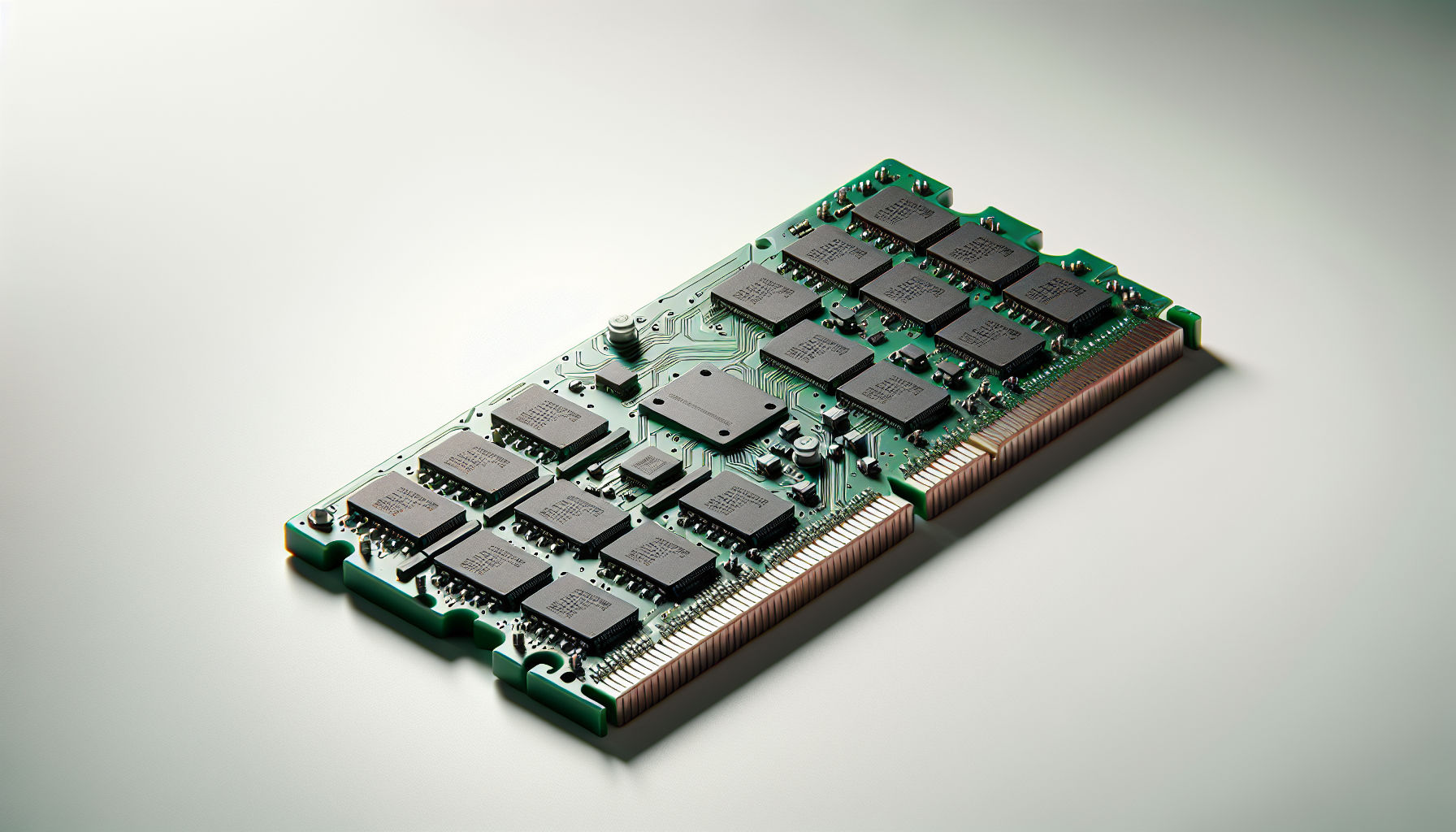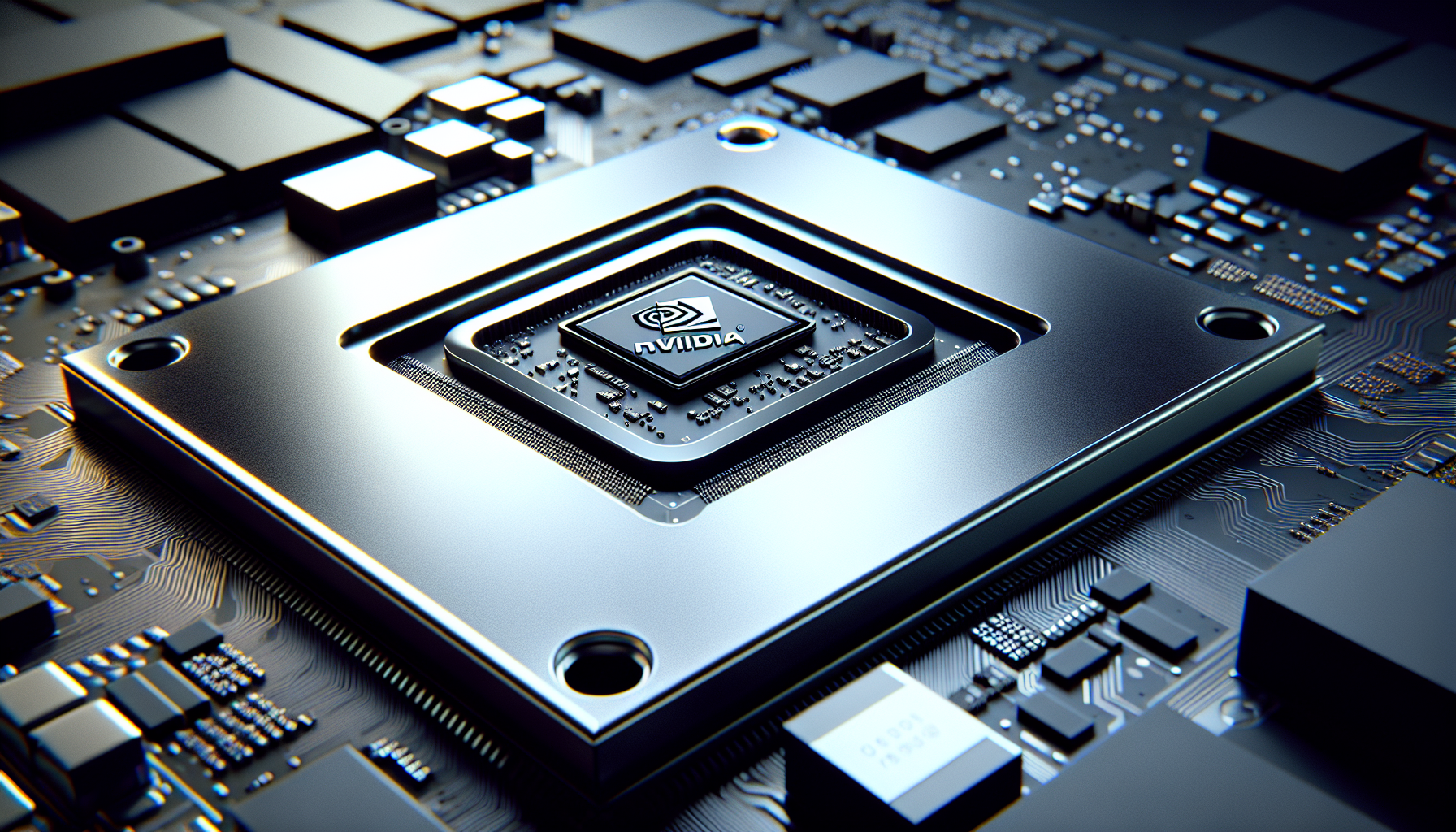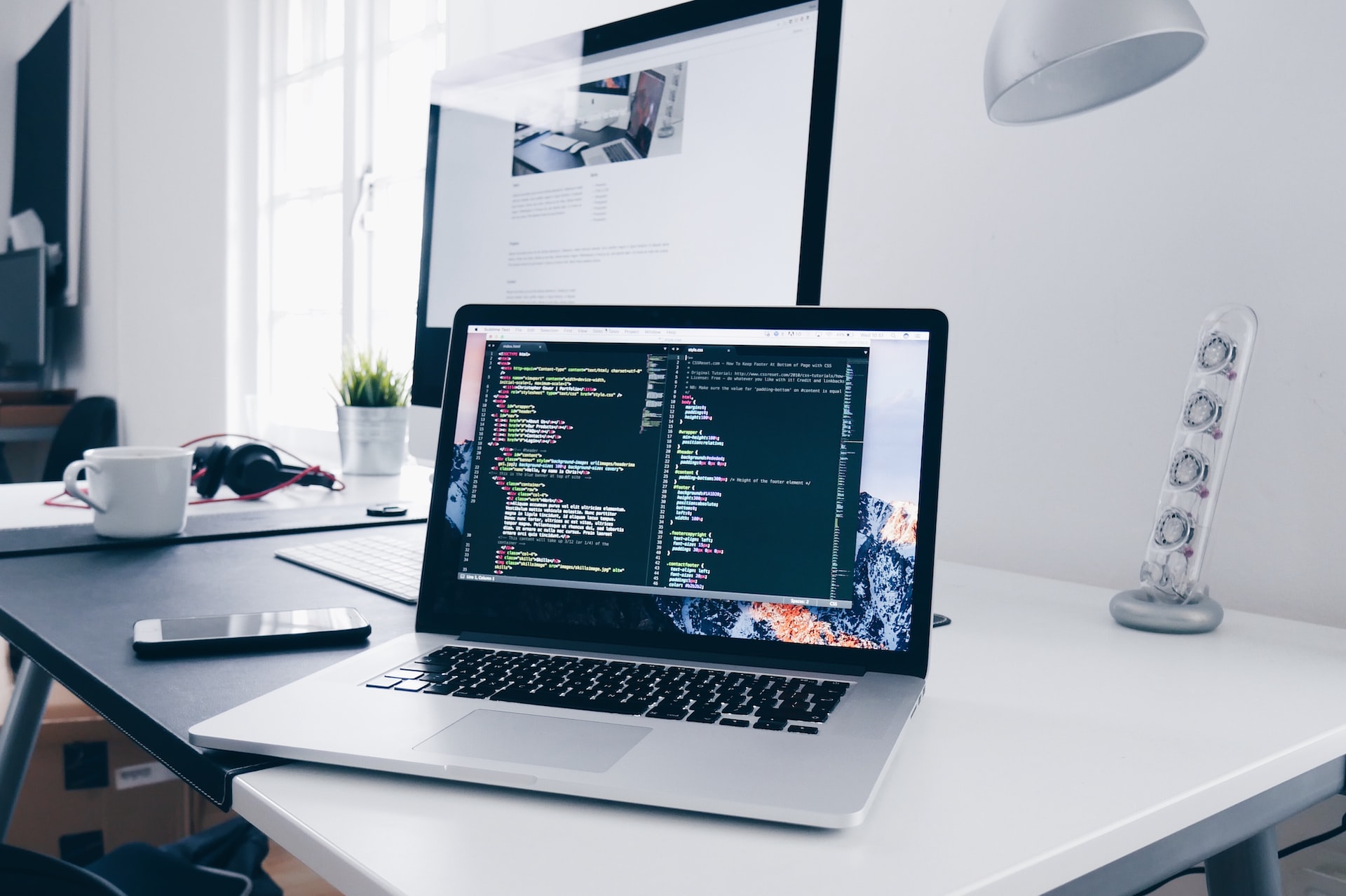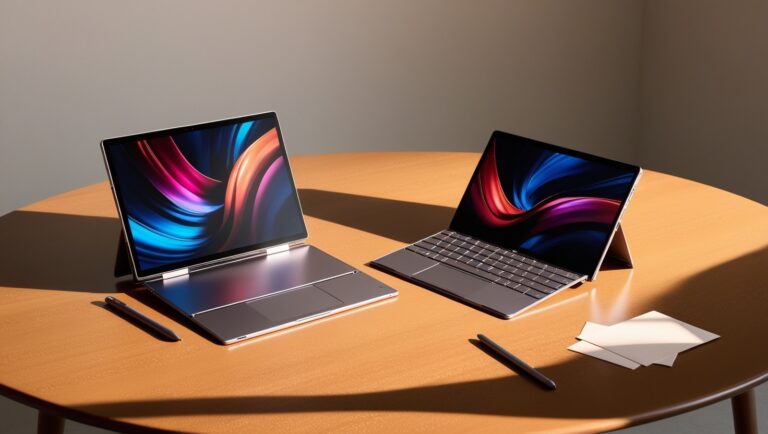As a programmer, your laptop is your most essential tool. It’s where you write and run code, debug programs, and test software. With so many different laptops on the market, it can be challenging to choose the right one for your needs. To help you out, here are 10 things to consider when buying a laptop as a programmer:
- Processing power
- RAM
- Storage
- Graphics card
- Display
- Keyboard
- Battery life
- Portability
- Operating system
- Price
Let’s explore each of these factors in greater depth and detail.
1. Processing Power :
The processor is the brain of your laptop and plays a crucial role in running your coding software. As a programmer, you’ll likely be running resource-intensive programs such as Integrated Development Environments (IDEs) and compiling code. Therefore, you’ll need a laptop with a powerful processor that can handle these tasks. Aim for at least an Intel Core i5 or i7 processor or an AMD Ryzen 5 or 7.
2. Ram :

Random Access Memory (RAM) is also essential for coding tasks, especially if you’re working on large projects. The more RAM your laptop has, the better it will be able to handle multiple programs running simultaneously. Aim for at least 8GB of RAM.
3. Storage:
To accommodate your coding files and software efficiently, ample storage space is essential. Choose a laptop equipped with a minimum of 256GB of storage, with a preference for a solid-state drive (SSD). An SSD not only provides sufficient space but also ensures quicker access and retrieval of your files, enhancing overall performance.
4. Graphics card:

If you plan on using software that requires a dedicated graphics card, such as gaming engines or machine learning software, choose a laptop with a dedicated graphics card. Integrated graphics cards are suitable for most programming tasks, but if you’re working with graphics-heavy programs, a dedicated graphics card can significantly improve performance.
5. Display:
Consider opting for a laptop equipped with a high-resolution display to mitigate eye strain during prolonged coding sessions. A display with Full HD (1920×1080) resolution or higher is generally recommended for this purpose. Furthermore, many modern laptops now feature 4K displays, offering an even higher level of sharpness and more detailed visuals, which can significantly enhance your overall viewing experience.
6. Keyboard:
A comfortable keyboard is essential for extended periods of typing. When selecting a laptop, prioritize finding one with a keyboard that offers excellent tactile feedback and is pleasant to type on. Additionally, pay attention to the keyboard layout and check if it includes a numeric keypad, which can be particularly important for tasks involving data entry.
7. Battery life:

Consider a laptop with good battery life, especially if you’re working on-the-go. Aim for a laptop with at least six hours of battery life. Keep in mind that battery life can vary depending on how you use your laptop, so it’s best to read reviews and user experiences before making a purchase.
8. Portability:
A lightweight and slim laptop is perfect for programmers who are constantly on the move. It’s advisable to look for a laptop that weighs 3 pounds or less to ensure maximum portability and ease of transport. Moreover, many modern laptops now feature 2-in-1 functionality, allowing them to double as a tablet. This versatility can be particularly advantageous for those who need the flexibility to switch between a traditional laptop and a tablet mode, depending on the task at hand.

9. Operating system:
The operating system you decide to use can significantly impact your efficiency and productivity as a programmer. It is essential to select an operating system that you feel comfortable working with and that is compatible with your coding tools and software. The three primary operating systems preferred by programmers are Windows, macOS, and Linux. Windows holds the title of the most widely used operating system, offering a vast array of software compatibility. On the other hand, macOS is particularly favored by iOS developers due to its seamless integration with Apple’s ecosystem. Meanwhile, Linux stands out as an open-source operating system that is free to use, making it a popular choice among web developers who appreciate its flexibility and extensive customization options.
10. Price:

Laptops can differ greatly in price, with some costing just a few hundred dollars while others can reach several thousand dollars. It is crucial to carefully assess your budget and choose a laptop that meets your needs without surpassing your financial constraints. By taking the time to thoroughly evaluate your requirements, you will be able to strike a balance between cost and functionality, ensuring that you get the best value for your money.
In conclusion, selecting the appropriate laptop as a programmer is vital for ensuring both your productivity and comfort. By carefully evaluating these ten important factors, you can identify a laptop that aligns with your requirements and aids you in writing more efficient and effective code.


